Affiliate links on Android Authority may earn us a commission. Learn more.
The Nokia 7.1 is a good deal in the US, but there are plenty of better deals globally
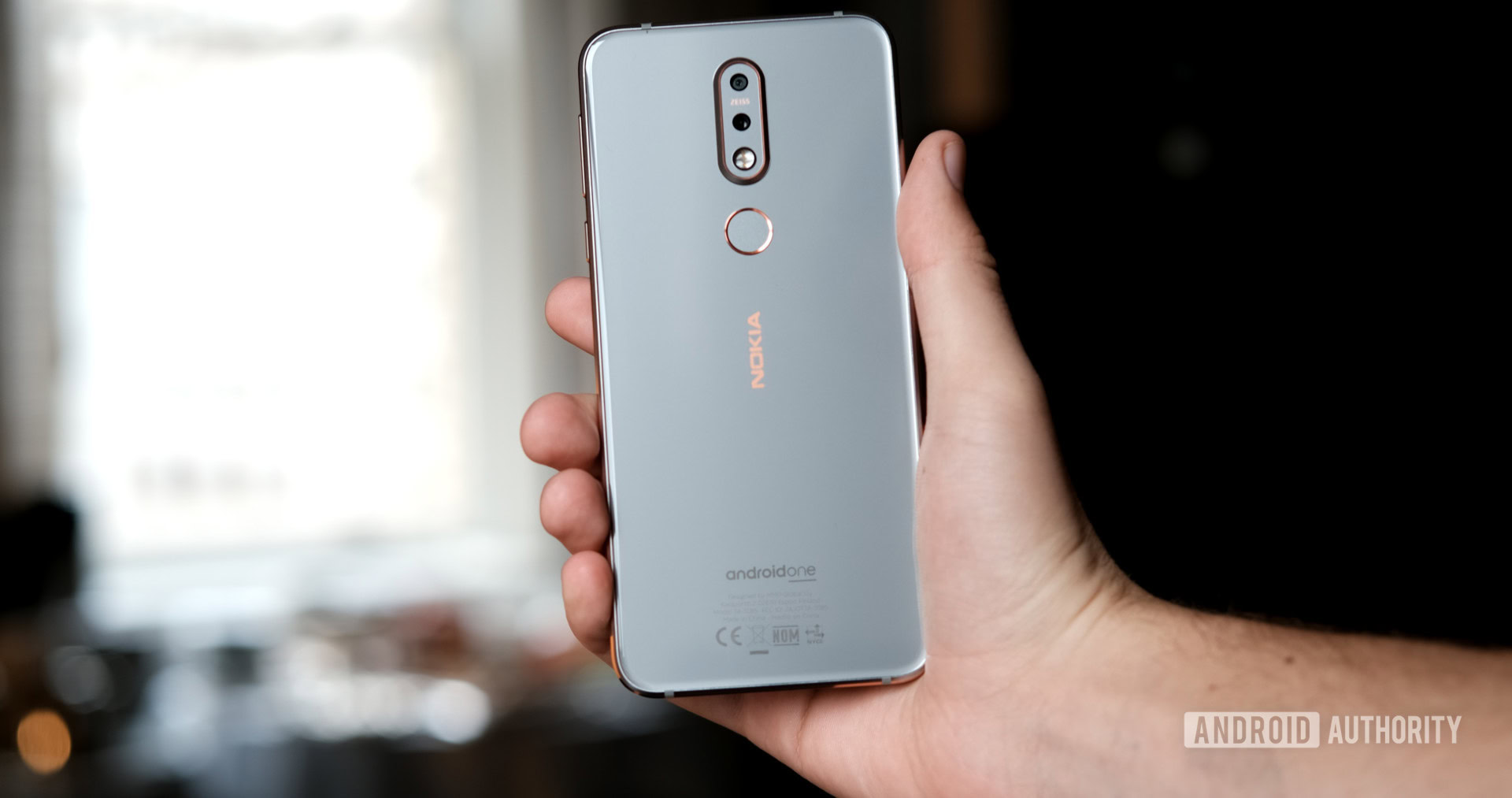
The Nokia 7.1 has been heralded by some as one of the best budget phones of the year, but it also has plenty of detractors who think it doesn’t offer the best value for money by a long shot.
Is it simply a case of American users lacking the choice of customers in India, the U.K. and other regions? After all, Xiaomi and Huawei are big-name budget phone manufacturers that don’t have a big presence in the U.S., and these companies often bring great value for money to the table.
There’s a little more to it than that though. Americans tend to skew towards contract purchases, rather than prepaid devices, said Jeff Fieldhack, research director at Counterpoint Research, in an email to Android Authority.
Unique market for mid-range phones
“By subscribers, 75 percent of U.S. wireless phone consumers are on postpaid contracts and 25 percent are on prepaid. Over the past few quarters, there has been some movement prepaid to postpaid,” said Fieldhack.
The research director noted there’s also a trend to buy unlocked phones and then put them on postpaid or prepaid contracts. However, he noted the sheer volume of prepaid users going to postpaid contracts outweighs this trend.
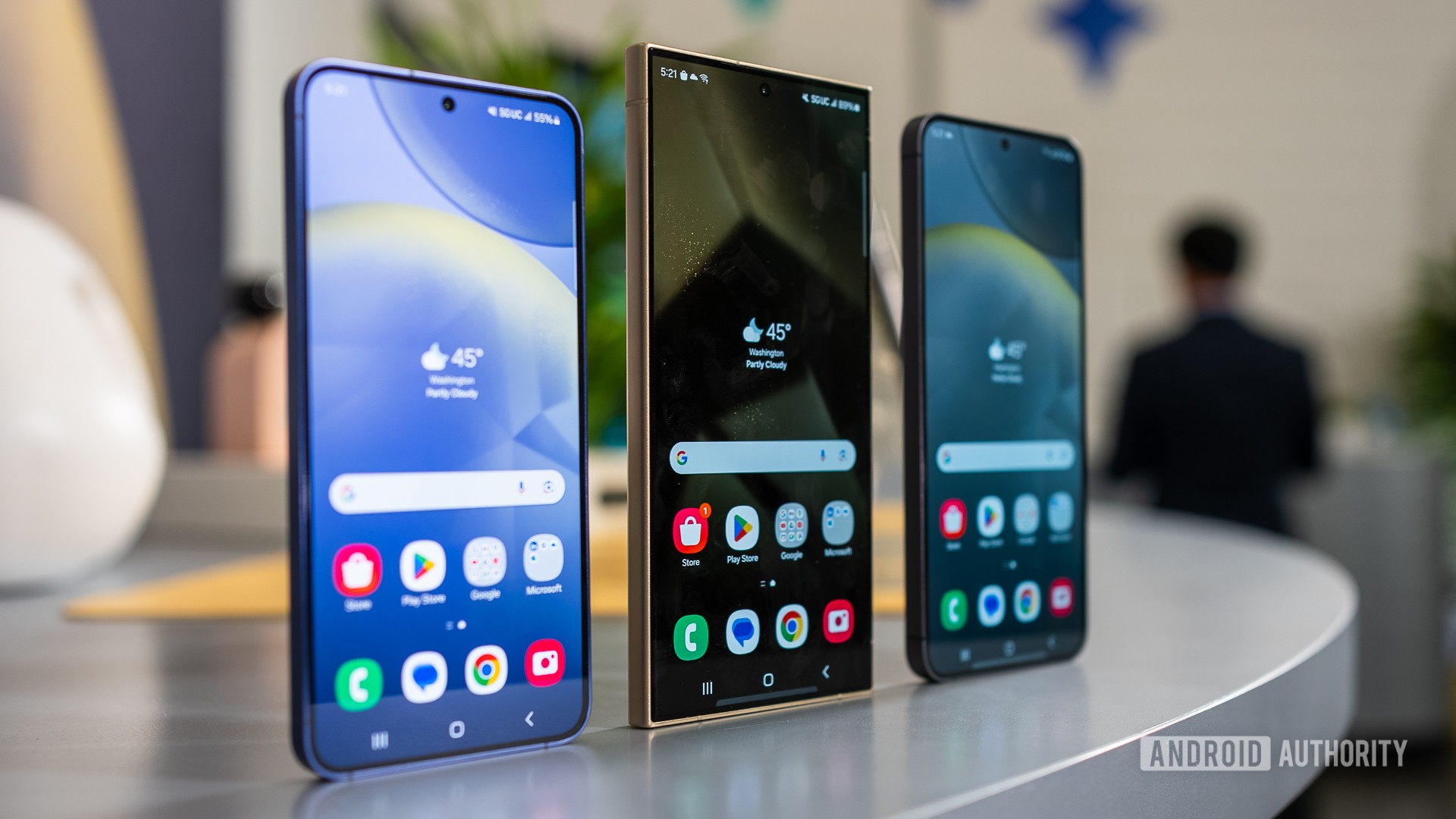
Cellular networks often sweeten the deal by offering device subsidies on their contracts, so users can afford to buy that Galaxy Note 9 or iPhone XS, or whatever the most current big flagship is. Why buy that mid-range phone on contract when there are attractive deals for the best, right?
Adding more fuel to the fire is a statistic from the IDC (via New York Magazine), which found smartphones costing between $200 and $600 only accounted for 15 percent of sales in the U.S. in 2017. Meanwhile $600-plus devices accounted for 43 percent of sales, and the sub-$200 category accounted for 40 percent of sales.
In other words, the demand for phones like the Nokia 7.1 in the U.S. isn’t nearly as strong as in other parts of the world. As good a deal as it is in the States, here are six Nokia 7.1 alternatives available globally offering better value for money than the Nokia device.
Xiaomi POCOphone F1
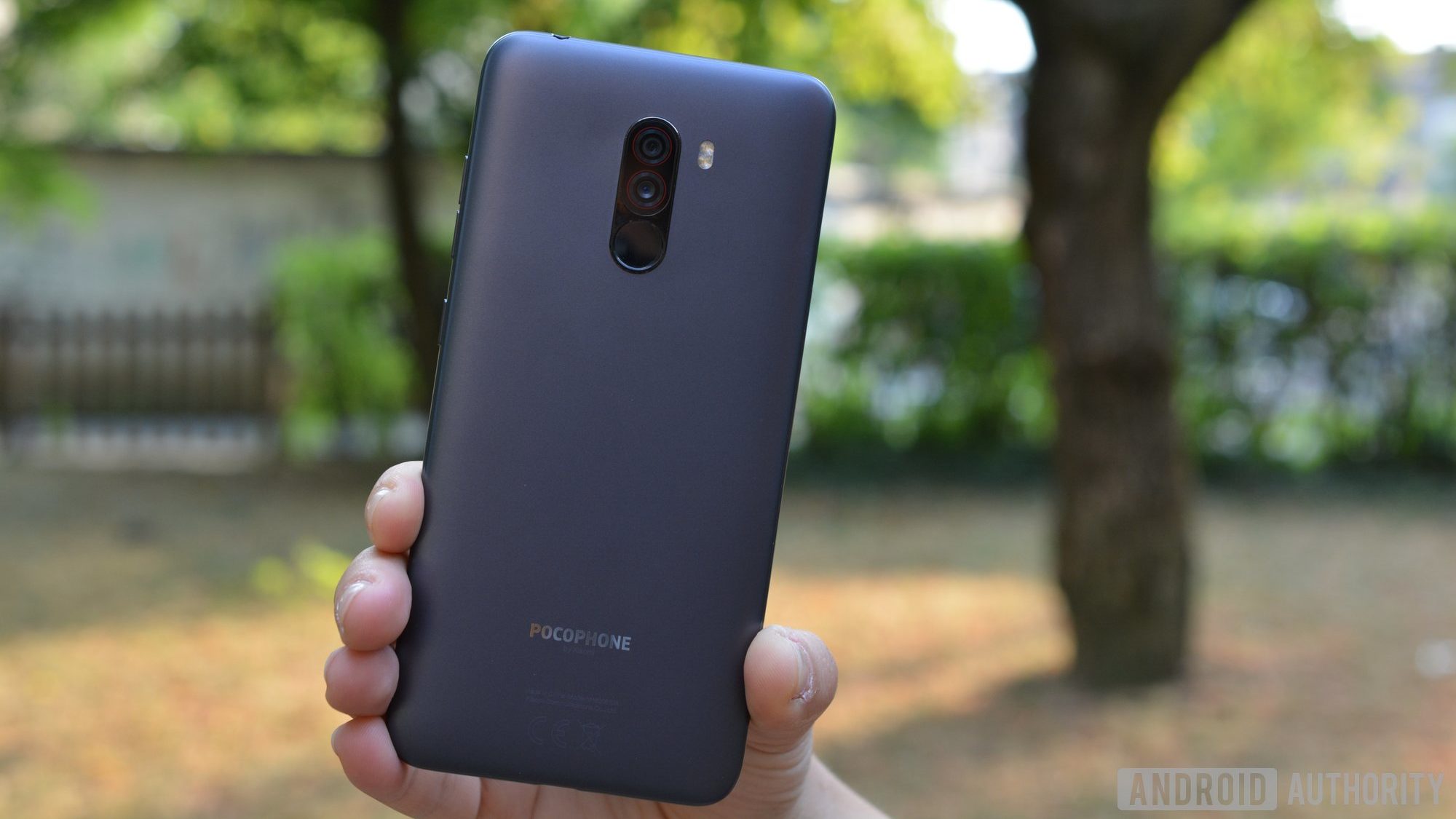
The Pocophone F1 was a winner in our Best of Android 2018 best value category, and for very good reason. The phone only costs $300 to $350, and brings some impressive specs.
Xiaomi slapped a Snapdragon 845 flagship chipset in the POCOphone F1, along with 6GB of RAM and 64GB of expandable storage. This combination pretty much destroys the Nokia 7.1’s Snapdragon 636 chipset and 4GB of RAM pairing, although HMD added 64GB of expandable storage too.
Other notable specs include a notched 6-inch full HD+ LCD screen, a 4,000mAh battery, a 12MP and 5MP rear camera pairing, and a 20MP selfie snapper. The Nokia device has the edge over the POCOphone F1 (and several other devices on the list) thanks to HDR support, but it otherwise features a similar rear camera setup and a much smaller battery (3,060mAh).
HONOR 8X
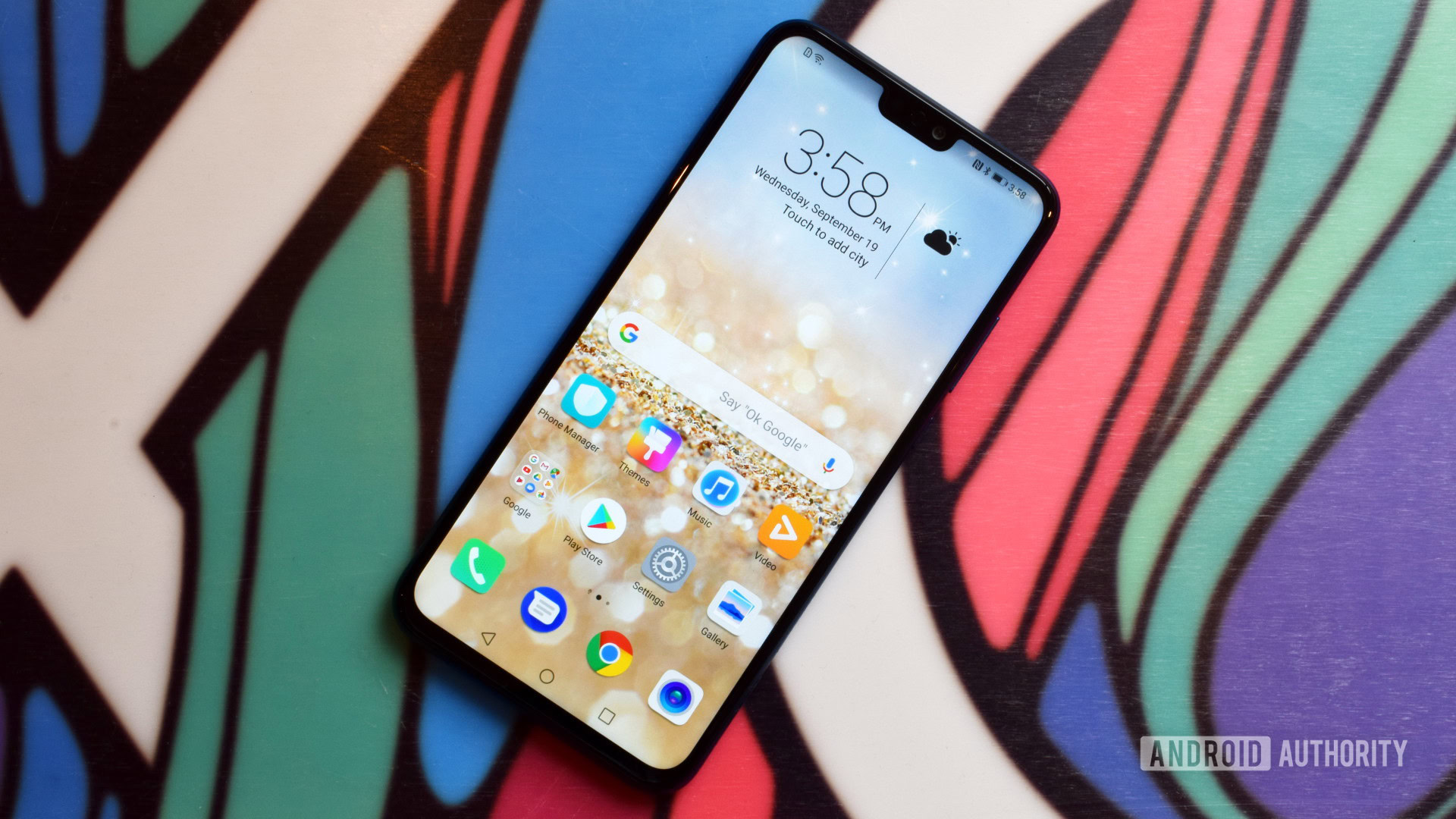
Available in Europe at a starting price of 249 euros, the HONOR 8X should be similarly cheap when it launches in the U.S. And yes, you get more bang for your buck in theory too.
The HUAWEI sub-brand’s new device features the company’s new Kirin 710 chipset, which should be more powerful than the Snapdragon 636 seen in the Nokia 7.1. You’re also getting 4GB of RAM, 64GB of expandable storage, and a notched full HD+ 6.5-inch LCD screen.
The HONOR 8X stands above Nokia’s device thanks to its larger battery (3,750mAh), and a 16MP front-facing camera. You’ll also find a 20MP and 2MP main camera pairing, with the latter camera used for depth effects.
Honor’s new phone isn’t perfect though, as it still uses Micro-USB compared to the Nokia 7.1’s USB Type-C connector. However, the larger screen, bigger battery, and beefier chipset certainly makes it a tempting purchase.
Motorola Moto G7
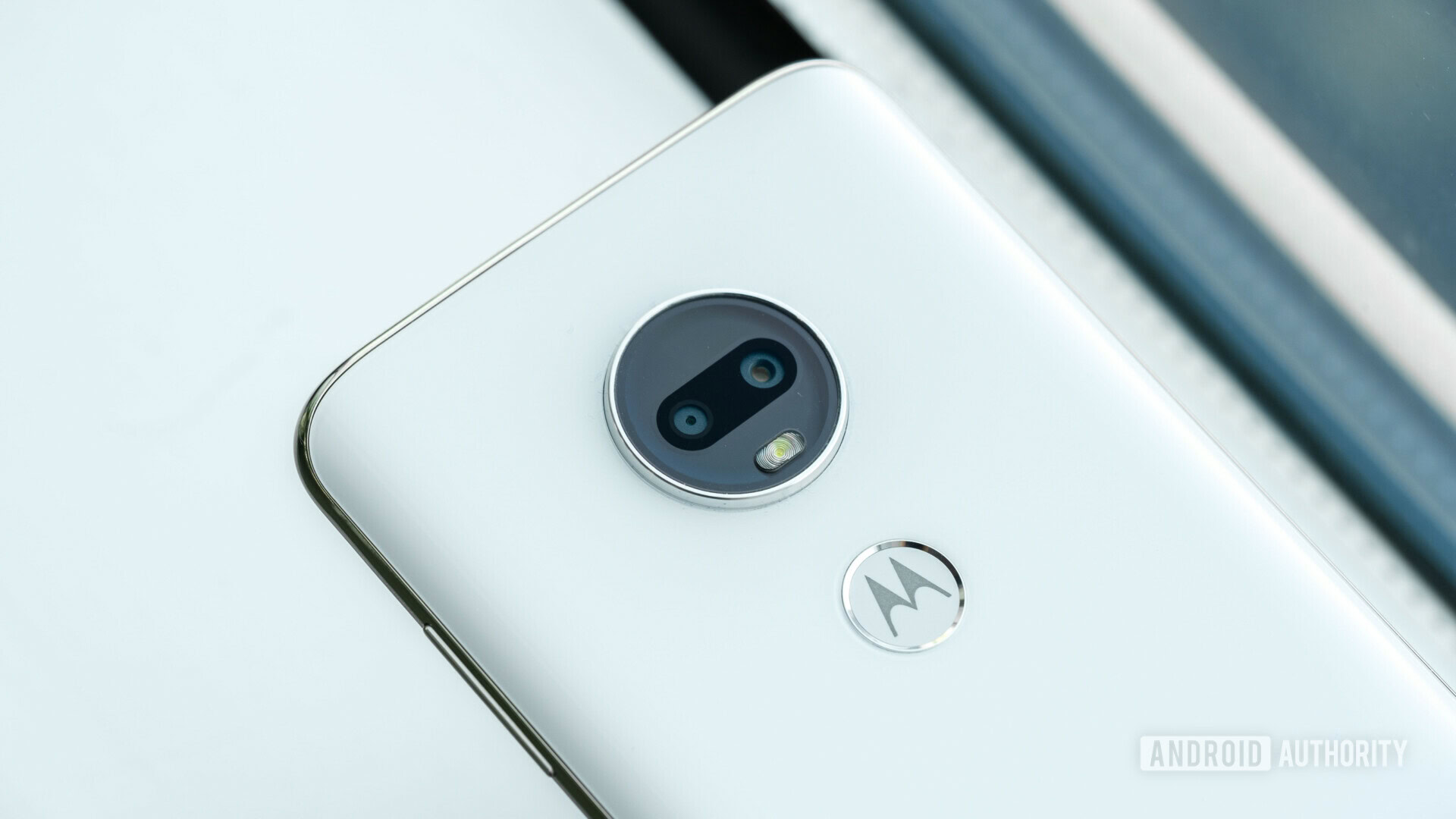
The Moto G series has been a firm favorite in the U.S. ever since the original Moto G took the world by storm back in 2013.
The Moto G7 continues the trend of balancing price with performance, giving us a phone that ticks plenty of boxes for a mid-ranger in 2019 and a $299.99 price tag. That means a dual-camera setup (12MP and 5MP), a big 6.2-inch 2,270 x 1,080 LCD screen with a dewdrop notch for its 8MP front camera, a fingerprint scanner, and USB Type-C support, along with a 3,000mAh battery.
If you’re looking for a powerhouse device for Fortnite and PUBG, the Snapdragon 632 is a decent processor, but not quite as fast as the Snapdragon 636. Otherwise, 4GB of RAM, and 64GB of expandable storage rounds off this package.
HONOR Play
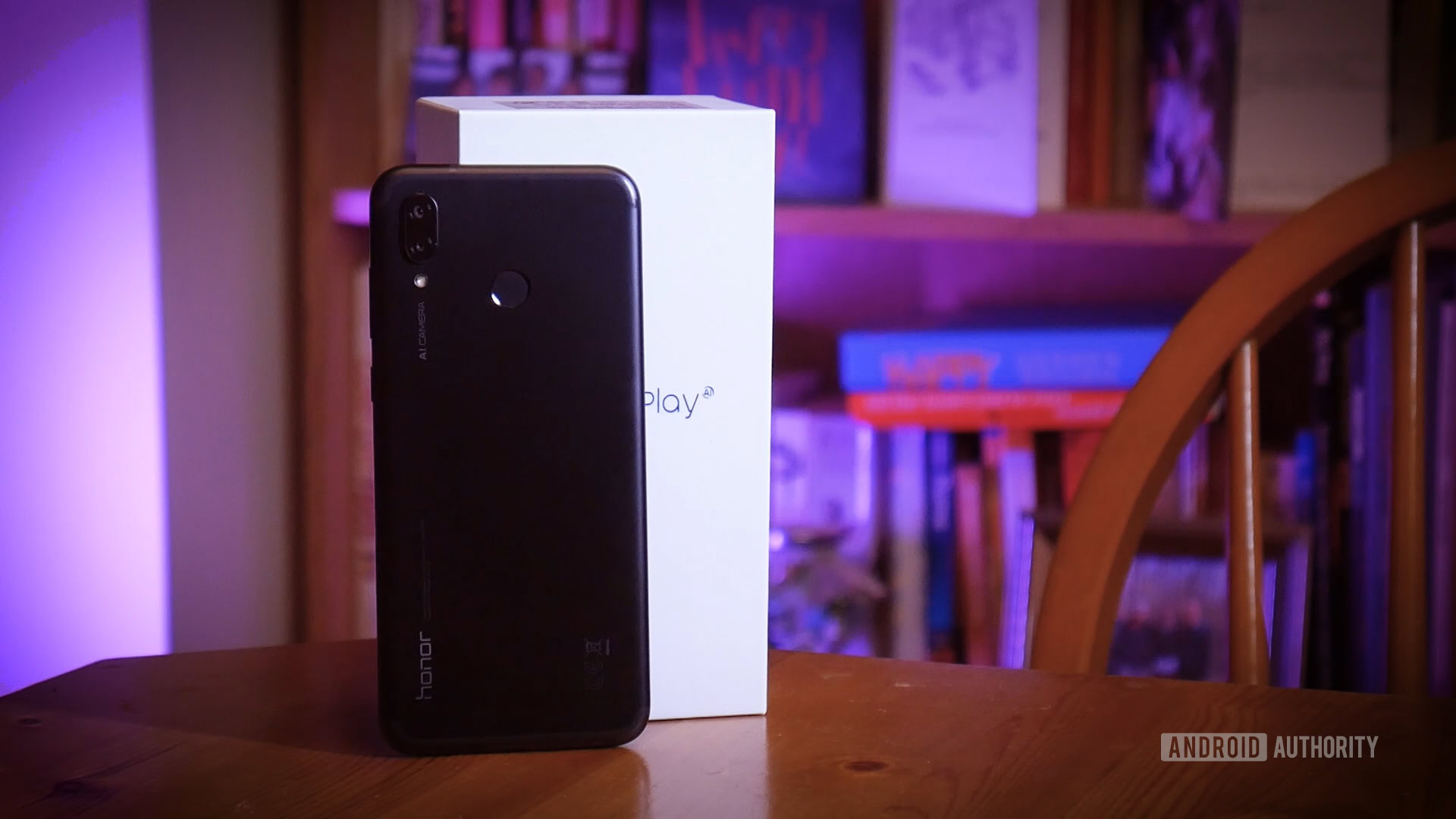
Another HONOR phone makes the list, and it’s tough to argue with its inclusion when the device packs a flagship chip and a ~$300 price tag.
The HONOR Play offers the Kirin 970 chipset, which should deliver a big performance boost over the Snapdragon 636. In fact, you should also expect games to run at a smoother pace thanks to the more capable GPU. Other prominent details include 4GB to 6GB of RAM, 64GB of expandable storage, and a 3,750mAh battery.
Read: All you need to know about every 5G phone confirmed so far
You’ll also find a 16MP and 2MP rear camera combo here, with features like light painting, depth effects, and AI-based scene recognition. Switch to the front and you’ll find a 16MP selfie camera.
All in all, you get a more powerful phone for the price compared to the HMD device. As is the case with many phones on this list, you’ll want to check the supported network bands if you’re planning to import it.
Xiaomi Mi A2
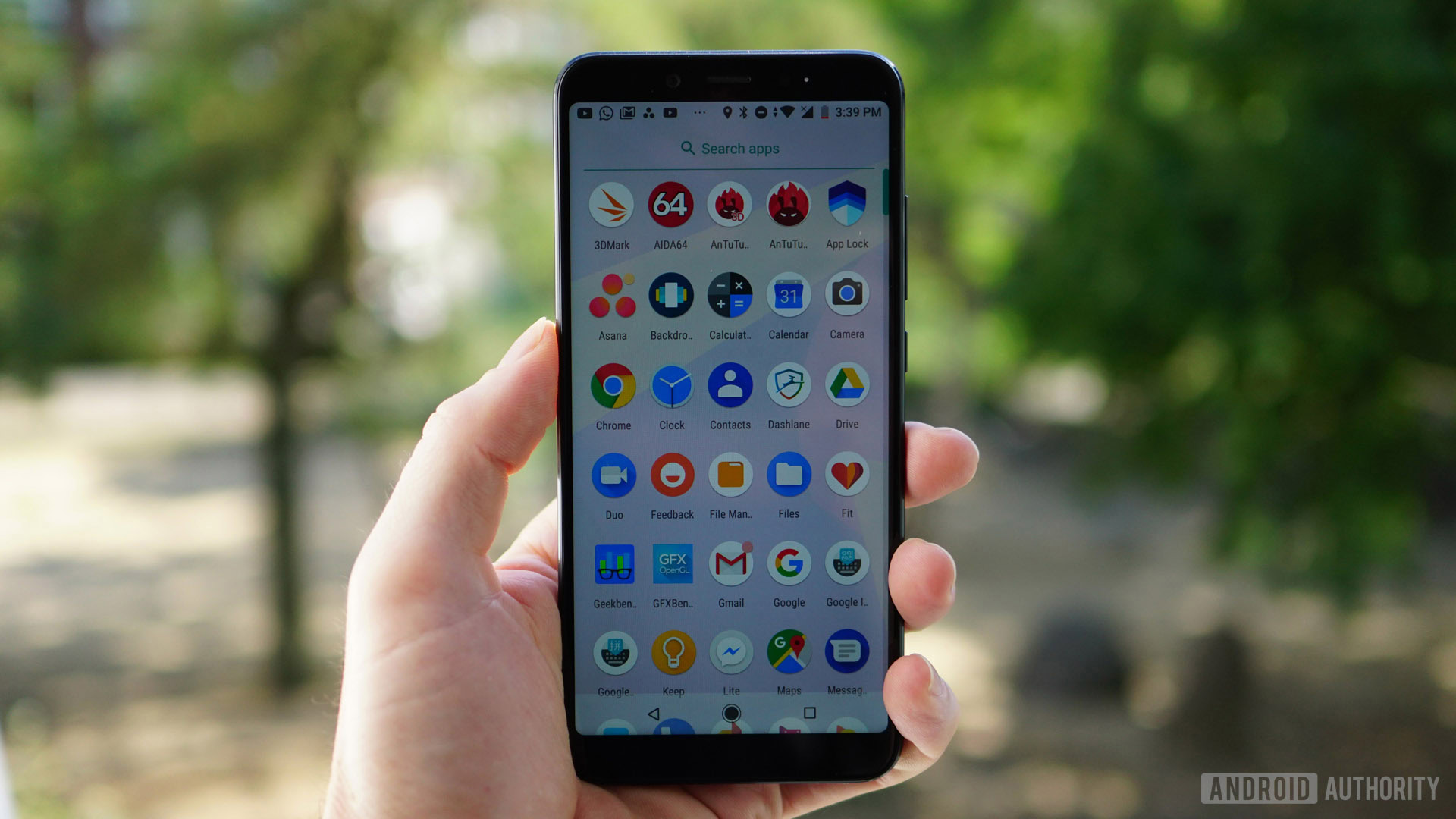
All the phones on the list sport a skinned take on Android, except this one. The Xiaomi Mi A2 is an Android One device, so if a clean take on Android is your main reason for wanting the Nokia 7.1, keep reading.
The Mi A2 offers stock Android, but it’s also got an upper mid-range Snapdragon 660 chipset, a 6-inch notchless full HD+ LCD screen, 4GB to 6GB of RAM, and 32GB to 128GB of storage. Meanwhile, photography duties are handled by a 12MP and 20MP rear-facing setup and a 20MP selfie shooter.
It’s not all perfect on the hardware front though, as it lacks microSD expansion and a headphone jack. This is particularly disappointing when the entry-level model offers 32GB of storage. Nevertheless, the 64GB model is available for under $250 anyway, and the 128GB model can be had for just under $300. So you still get a lot more phone for the price.
ASUS Zenfone Max Pro M1
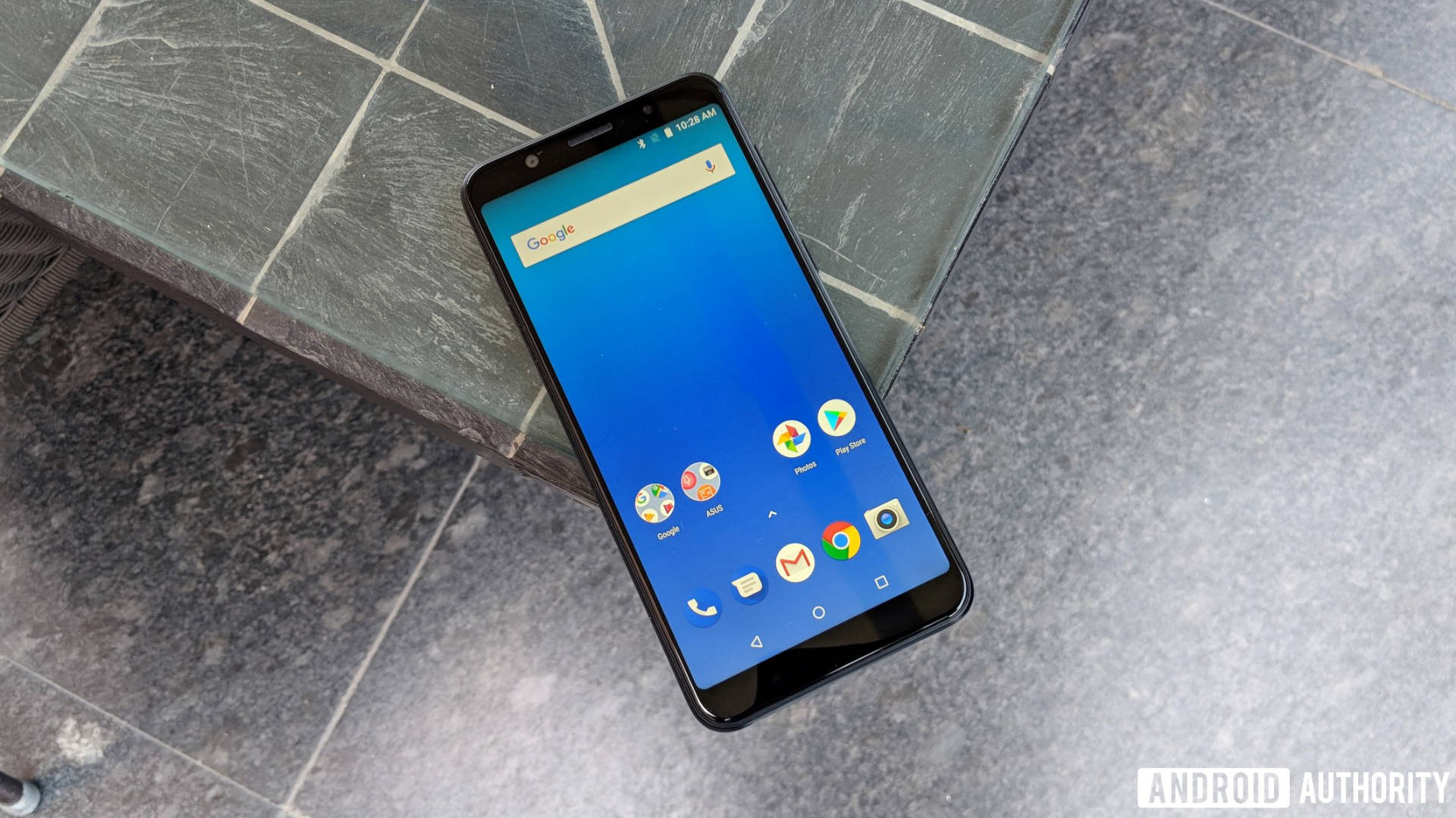
Much like the Nokia 7.1, the ASUS phone also features a Snapdragon 636 chipset, but starting at well below $250 (it’s roughly $150 in India), you’re certainly getting better value.
The Zenfone Max Pro M1 also features a 16MP and 5MP rear camera setup, an 8MP selfie snapper, 3GB to 6GB of RAM, and 32GB to 128GB of storage, but the best part is the battery life, offering a 5,000mAh battery that’s easily the biggest on the list.
The ASUS phone has also since been succeeded by the brand-new Zenfone Max Pro M2. For a starting price of ~$180, ASUS is tossing in a pretty powerful Snapdragon 660 chipset, and a 13MP front-facing snapper. Otherwise, you can expect the same large battery, and RAM and storage options.
We’re certainly not saying the Nokia 7.1 is a bad phone. It’s a pretty good deal for $350, but the “value for money” bar is very high outside of the U.S., as these devices show.
What do you think of our list of Nokia 7.1 alternatives? Are there any other mid-range phones that offer excellent value for money? Let us know in the comments section!